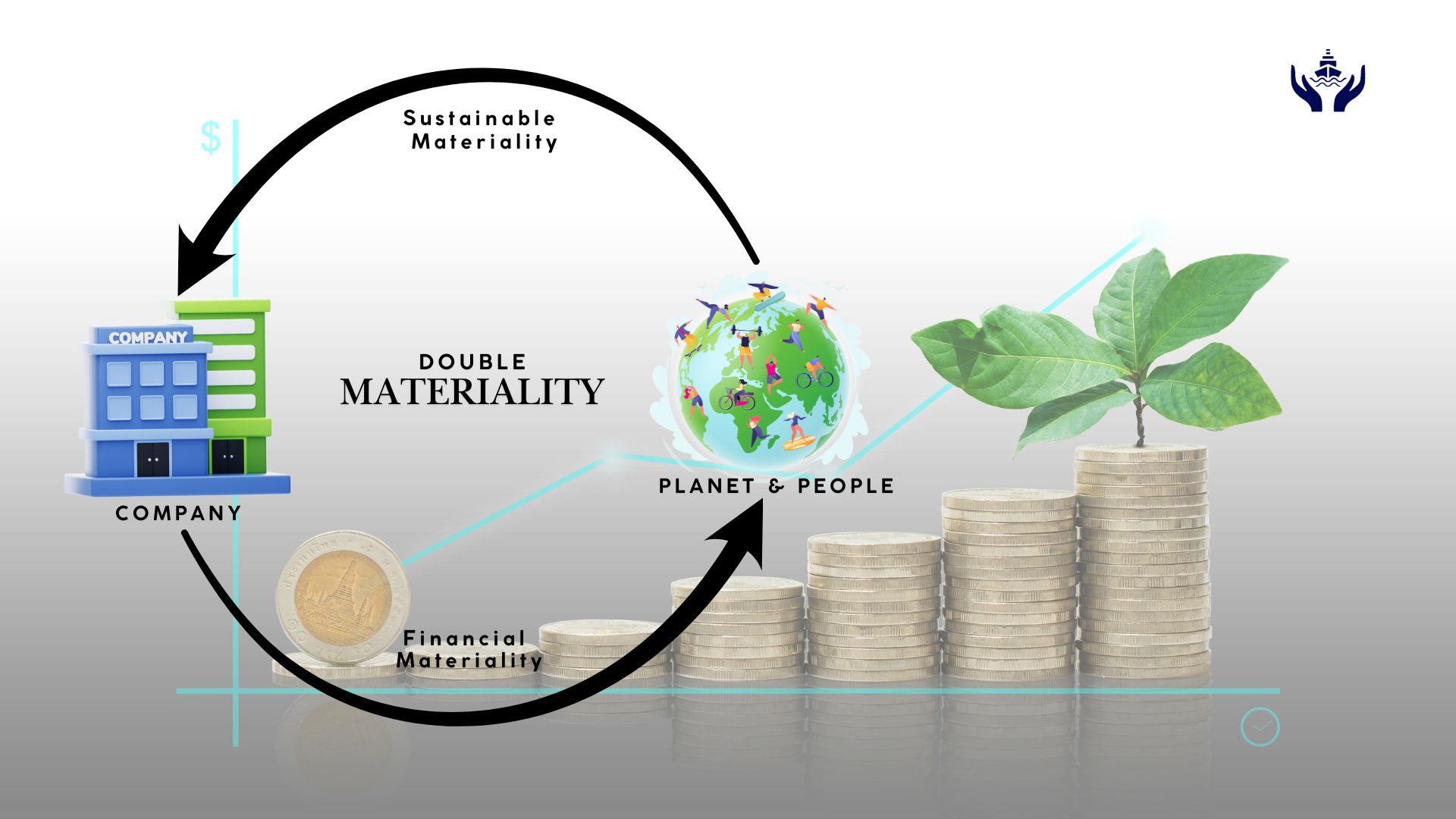🔍 Reporting What Matters — Through the Financial and ESG Lens

📊 Understanding Material Information vs. Material Issues
The distinction between material information 📑 and material issues 💡 is critical in ESG reporting. While material issues refer to the sustainability risks and opportunities that could impact a business’s prospects, material information is what actually gets disclosed to report users.
For organizations following IFRS Sustainability Disclosure Standards (IFRS SDS), focusing on material information rather than material issues simplifies the process. Other frameworks like the European Sustainability Reporting Standards (ESRS) require identifying both, but IFRS focuses on material information alone.
🌍 Why ESG Disclosures Need a Broader Lens
The application of materiality for sustainability disclosures involves a broader scope 🧐 compared to traditional financial reporting. ESG disclosures must factor in:
⏳ Long-term impacts on future performance
🌐 Value chain considerations, not just direct business activities
🔮 Forward-looking and qualitative insights
💸 Anticipated financial impacts stemming from sustainability performance
These broader criteria push businesses to apply different judgment calls when determining what should be disclosed for sustainability compared to financial disclosures.
📑 Reporting Information in the Right Context
Knowing what information to disclose is only half the battle — the where 🗂️ is just as important. When it comes to ESG reporting, companies must determine where each piece of material information belongs:
🌱 Sustainability material information should be disclosed in the sustainability statement or the Management Discussion & Analysis (MD&A).
💼 Financially material information — those with direct financial implications — should go into the financial statements or MD&A, following generally accepted accounting standards.
This separation helps streamline communication, ensuring stakeholders receive the right insights in the appropriate format.
🔄 The Dual Perspective: Financial and Sustainability Materiality
Materiality in ESG is evolving into a double lens approach 🔎, widely known as double materiality:
🌍 Impact materiality (inside-out): Understanding how the company’s operations impact the environment, society, and economy.
💰 Financial materiality (outside-in): Identifying how external sustainability risks affect the business’s financial performance.
By integrating both perspectives, businesses can generate more comprehensive and balanced ESG disclosures, reflecting not just their risks but their responsibilities.
📝 The Importance of Materiality in ESG Reporting
Materiality is not just about ticking off a compliance checklist — it’s about presenting honest, transparent, and forward-thinking information that addresses what matters most to stakeholders and regulators alike.
🚀 Strategic Insights for Effective ESG Reporting
At Varuna Sentinels BV, we support organizations in making sense of both financial and sustainability disclosures. Our expertise in IHM Maintenance Services and ESG Compliance Solutions helps companies navigate the evolving regulatory landscape while aligning their strategies with long-term sustainability goals.
-
📧 Contact us: contact@varuna-sentinels.com to discover how we can help you enhance your ESG disclosures.